Biology Resources
The grade ten biology unit concentrates on cells and systems. These resources are grouped by the chapters in the Nelson Science 10 textbook, because that arrangement makes sense to me (a non-biologist).
Copyright on all materials on this site is retained by the authors. You are granted a limited license to reproduce these resources for classroom use, provided the copyright notices are not removed. Charging a fee for these resources, or distributing them in any way outside your classroom, is prohibited.
General Biology
The resourcees here either relate to the entire unit or address overall expectations.
Instructional Resources
Biography of a Biologist
We are supposed to be teaching a bit of the history of science (expectation A2.2) as well as facts and theories, and yet often we lose track of the human nature of science and scientists. This short writing assignment has students research one biologist and write a five-paragraph story about them.
I use this assignment to reinforce both research skills and writing skills.
I use this assignment to reinforce both research skills and writing skills.
Biologist Cards
I created these to end arguments over who got to write about which biologist. I print them out and randomly distribute them in class. Students can trade them if they like, but must write about the biologist they end up with. Has all the biologists in the Biography of a Biologist assignment, plus a few extra to make up 40 biologists.
Oddly, some of my students wanted to use them as trading cards.I'm thinking of making up a set for every unit, maybe with short biographic blurbs, and handing them out as rewards!
Oddly, some of my students wanted to use them as trading cards.I'm thinking of making up a set for every unit, maybe with short biographic blurbs, and handing them out as rewards!
Cancer Assignment
A research assignment looking at various types of cancer. Includes four versions of the assignment sheet, note-taking sheet, list of cancers, and marking rubric.
Hands-On Activities
Foldscope: An Origami-Based Microscope
Foldscope is an ultra-affordable field microscope, that you build from common materials such as paper. It is designed to be produced affordably, to be durable, and to give optical quality similar to conventional research microscopes. With magnification of 140X and imaging resolution of 2 micron; Foldscope brings microscopy to new places. Be it your kitchen or a mountain top. Compatible with almost all camera phones.
I backed this project on Kickstarter and just assembled it in the last week. It’s pretty amazing and I’m looking forward to spring when I can bring it along on hikes. I picked up both the deluxe kit for myself and a classroom kit for use at school.
The deluxe individual kit is designed to allow any curious explorer to perform microscopy experiments anywhere at anytime. This kit includes Foldscope (140x, 2um resolution microscope) in a portable and sturdy metal case including a plethora of tools for collecting samples, processing samples, preparing slides and directly collecting data on any cellphone via universal couplers - all possible while working in field settings.
Every deluxe kit includes:
For those looking to get the most for their dollar, we offer the Basic Classroom Kit (BCK), which includes twenty (20) individually packed basic Foldscope kits.
The basic classroom kit is designed to supply a classroom (or other group) of 20 students with a Foldscope for each explorer. Each student receives the essentials (Foldscope, cell-phone coupler, assembly/instruction sheet, carrying pouch, paper and tape slides), and some accessories are provided collectively to be shared amongst the entire class.
The biggest weakness of the classroom kit is that the included cell phone couplers need to be stuck to a cell phone with a double-sided sticker. I need to play around and see if there’s a way of temporarily mounting the couplers. (I can also see them disappearing over the years, so it would be nice to be able to reorder them as spare parts — something that is not currently possible.)
I backed this project on Kickstarter and just assembled it in the last week. It’s pretty amazing and I’m looking forward to spring when I can bring it along on hikes. I picked up both the deluxe kit for myself and a classroom kit for use at school.
The deluxe individual kit is designed to allow any curious explorer to perform microscopy experiments anywhere at anytime. This kit includes Foldscope (140x, 2um resolution microscope) in a portable and sturdy metal case including a plethora of tools for collecting samples, processing samples, preparing slides and directly collecting data on any cellphone via universal couplers - all possible while working in field settings.
Every deluxe kit includes:
- One Foldscope Assembly Sheet
- Two 140X micro-lens (one extra lens)
- Four magnetic couplers including cellphone attachment module
- LED illumination module with integrated magnifier for bright-field, dark-field and oblique phase imaging (button cell included)
- Diffuser stickers for light module
- Reusable sealable PVC slides with micro-wells and plastic coverslips
- Calibration/measurement grids
- Nylon filter sheets (5, 25, 100 micron spacings) for cell separation
- Stainless steel mesh filters (1mm and 300um mesh size)
- Custom sample collection ziploc bags
- Two eppendorf tubes for sample collection
- Plastic tweezers and plastic pipettes
- Prepared two test sample slides, three blank slides and slide storage box
- Field notepad with field guide and pencil
- Ultra clear roll of tape for making quick slides
- Complete assembly instruction sheet (English) with folding and usage instructions
- Sturdy metallic box for storage, field work with integrated instrument tray
- Small blunt end metal scissors
- Unique Foldscope Identification sticker code for access to Microcosmos community website (http://microcosmos.foldscope.com)
- Color stickers for labels
For those looking to get the most for their dollar, we offer the Basic Classroom Kit (BCK), which includes twenty (20) individually packed basic Foldscope kits.
The basic classroom kit is designed to supply a classroom (or other group) of 20 students with a Foldscope for each explorer. Each student receives the essentials (Foldscope, cell-phone coupler, assembly/instruction sheet, carrying pouch, paper and tape slides), and some accessories are provided collectively to be shared amongst the entire class.
- Foldscope (140x lens) x 20 sheets
- Cell phone coupler x 20
- Paper/tape slides x 20
- Instruction sheet x 20
- Customizable individual nylon carrying pouch x 20
- 1 LED/Magnifier with bright field, dark field and oblique phase imaging with magnifier (button cell included)
- 1 Slide box with two pre-made glass slides and three blank glass slides and storage box
- 1 Field guide
The biggest weakness of the classroom kit is that the included cell phone couplers need to be stuck to a cell phone with a double-sided sticker. I need to play around and see if there’s a way of temporarily mounting the couplers. (I can also see them disappearing over the years, so it would be nice to be able to reorder them as spare parts — something that is not currently possible.)
Supplemental Resources
E.O. Wilson's Life on Earth
On June 30, 2014, the E.O. Wilson Biodiversity Foundation released the ground-breaking new high school biology textbook E.O. Wilson’s Life on Earth. We believe that education is the most important tool we have to face the challenges confronting our living planet. Life on Earth was created to instruct and inspire students, the future stewards of Earth.
Life on Earth is an iBooks Textbook consisting of 41 chapters in 7 separate units and can be downloaded for free from the iBooks Store. The text provides a complete, original, standards-based, media-rich curriculum to give high school students a deep understanding of all of the central topics of introductory biology.
To create Life on Earth, the E.O. Wilson Biodiversity Foundation brought together a team consisting of educators, writers, multimedia artists, 3D animators trained in science and cinema, and textbook professionals, led by naturalist Edward O. Wilson. The editorial team, headed by Morgan Ryan, worked in full partnership with the Boston-based scientific graphics company Digizyme, Inc, headed by Gaël McGill, PhD, with the goal of creating a cultural landmark—a portal that will introduce students to the grandest story there is, the story of life on Earth, from molecules to ecosystems, from the origin of life to the modern awareness that we control the environment we live in.
Digital textbooks are poised to transform education. The richness and immediacy of vibrant multimedia lessons will transform how students learn and how instructors teach. Our textbook development team is thrilled by the things we are able to deliver that were never possible before. We navigate inside a virtual cell. We take students by helicopter to the Gorongosa landscape in Africa to explain the succession of plants and animals over time.
Today’s high school biology students will be tomorrow’s biochemists, explorers, environmental policy makers, park rangers, and informed citizens. E.O. Wilson’s Life on Earth was created to prepare them for their work.
Life on Earth is a gift from the E.O. Wilson Biodiversity Foundation for students, families, and concerned individuals. It is available now for free in 151 countries and has already been adopted in many classrooms. Our goal for 2014–2015 is to promote its use in classrooms everywhere. If you share our goals for educational and environmental awareness, please support the E.O. Wilson Biodiversity Foundation and join us in promoting a culture of stewardship in which people are inspired to conserve and protect our biological inheritance.
Life on Earth is an iBooks Textbook consisting of 41 chapters in 7 separate units and can be downloaded for free from the iBooks Store. The text provides a complete, original, standards-based, media-rich curriculum to give high school students a deep understanding of all of the central topics of introductory biology.
To create Life on Earth, the E.O. Wilson Biodiversity Foundation brought together a team consisting of educators, writers, multimedia artists, 3D animators trained in science and cinema, and textbook professionals, led by naturalist Edward O. Wilson. The editorial team, headed by Morgan Ryan, worked in full partnership with the Boston-based scientific graphics company Digizyme, Inc, headed by Gaël McGill, PhD, with the goal of creating a cultural landmark—a portal that will introduce students to the grandest story there is, the story of life on Earth, from molecules to ecosystems, from the origin of life to the modern awareness that we control the environment we live in.
Digital textbooks are poised to transform education. The richness and immediacy of vibrant multimedia lessons will transform how students learn and how instructors teach. Our textbook development team is thrilled by the things we are able to deliver that were never possible before. We navigate inside a virtual cell. We take students by helicopter to the Gorongosa landscape in Africa to explain the succession of plants and animals over time.
Today’s high school biology students will be tomorrow’s biochemists, explorers, environmental policy makers, park rangers, and informed citizens. E.O. Wilson’s Life on Earth was created to prepare them for their work.
Life on Earth is a gift from the E.O. Wilson Biodiversity Foundation for students, families, and concerned individuals. It is available now for free in 151 countries and has already been adopted in many classrooms. Our goal for 2014–2015 is to promote its use in classrooms everywhere. If you share our goals for educational and environmental awareness, please support the E.O. Wilson Biodiversity Foundation and join us in promoting a culture of stewardship in which people are inspired to conserve and protect our biological inheritance.
Cells, Cell Division, and Cell Specialization
All resources that relate to cells.
Instructional Resources
Cell Theory Lessons
A presentation of cell theory, rendered as a QuickTime file for maximum portability. This isn't stand-alone, but intended as part of a lecture presentation. Click the mouse (or use the spacebar) to advance to the next build.
Cell Diagram Quiz
A simple quiz in which students match organelles to a diagram of an animal cell (taken from Wikipedia). Answers are provided.
Cell Structure Exercises
Some short Cloze exercises in which students complete a paragraph about the organelles in a cell. Two versions of each exercise are included: one with a word list and one without. Answer keys are provided.
Bricks of Life
A six-page tour of cells, written by Dr. David Morgan-Mar and provided by him under a Creative Commons license.
If atoms are the building blocks of matter, then cells are the building blocks of life. You, me, dogs, cats, whales, frogs, trees, mushrooms — we are all made of cells. What is a cell, exactly?
I'm field-testing a set of questions and directed reading exercises for this resource, and I'll include them with the download when they are ready (and announce the update). In the meantime, enjoy an interesting and well-written introduction to cells.
If atoms are the building blocks of matter, then cells are the building blocks of life. You, me, dogs, cats, whales, frogs, trees, mushrooms — we are all made of cells. What is a cell, exactly?
I'm field-testing a set of questions and directed reading exercises for this resource, and I'll include them with the download when they are ready (and announce the update). In the meantime, enjoy an interesting and well-written introduction to cells.
Cell Division Lessons
A presentation on cell division, rendered as a QuickTime file for maximum portability. This isn't stand-alone, but intended as part of a lecture presentation. Click the mouse (or use the spacebar) to advance to the next build.
Cell Division Exercises
Some short Cloze exercises in which students complete a paragraph about cell division. Two versions of each exercise are included: one with a word list and one without. Answer keys are provided.
Mitosis Flipbook
In this era of YouTube video clips a paper flipbook seems rather old-fashioned. Still, some students learn better when they manipulate real objects rather than virtual ones — this flipbook is intended provide something they can make and use.
The images are a 20 second clip from The Cell, an excellent BBC documentary, showing a cell undergoing mitosis.
The pages have been left blank so students can label each stage of mitosis, as well as the parts of the cell, in addition to assembling (and using) the flipbook.
The images are a 20 second clip from The Cell, an excellent BBC documentary, showing a cell undergoing mitosis.
The pages have been left blank so students can label each stage of mitosis, as well as the parts of the cell, in addition to assembling (and using) the flipbook.
Hands-On Activities
Cell Cycle Game
A simple card game designed to reinforce the sequence of the cell cycle. Cards are marked to assist players in following the sequence, as they race to be the first player to empty their hand.
There isn’t much strategy here, beyond trying to get rid of all those interphase cards in your hand! I find that most students have the cell cycle down cold after a few rounds, so this makes a good activity for about half a period.
This print-and-play game is formatted to be printed on prepunched business card stock, making it fast to print a class set of games.
There isn’t much strategy here, beyond trying to get rid of all those interphase cards in your hand! I find that most students have the cell cycle down cold after a few rounds, so this makes a good activity for about half a period.
This print-and-play game is formatted to be printed on prepunched business card stock, making it fast to print a class set of games.
Supplementary Resources
In Our Time: The Cell
In Our Time is a wonderful series on BBC Radio 4.
Melvyn Bragg and his guests discuss the cell, the fundamental building block of life. First observed by Robert Hooke in 1665, cells occur in nature in a bewildering variety of forms. Every organism alive today consists of one or more cells: a single human body contains up to a hundred trillion of them.
The first life on Earth was a single-celled organism which is thought to have appeared around three and a half billion years ago. That simple cell resembled today's bacteria. But eventually these microscopic entities evolved into something far more complex, and single-celled life gave rise to much larger, complex multicellular organisms. But how did the first cell appear, and how did that prototype evolve into the sophisticated, highly specialised cells of the human body?
Melvyn Bragg and his guests discuss the cell, the fundamental building block of life. First observed by Robert Hooke in 1665, cells occur in nature in a bewildering variety of forms. Every organism alive today consists of one or more cells: a single human body contains up to a hundred trillion of them.
The first life on Earth was a single-celled organism which is thought to have appeared around three and a half billion years ago. That simple cell resembled today's bacteria. But eventually these microscopic entities evolved into something far more complex, and single-celled life gave rise to much larger, complex multicellular organisms. But how did the first cell appear, and how did that prototype evolve into the sophisticated, highly specialised cells of the human body?
Discovery: Aging and Telomeres 1/2
Discovery is a BBC Radio 4 programme that explores today's most significant scientific discoveries and talks to the scientists behind them.
Telomeres are DNA structures which cap the ends of our chromosomes.
They shorten over the course of our lives.
Some scientists believe measuring their length reveals how fast we are ageing biologically and are making telomere tests available to the public for the first time.
What's the science behind telomere length and what can it really tell you about your heath and life prospects?
Telomeres are DNA structures which cap the ends of our chromosomes.
They shorten over the course of our lives.
Some scientists believe measuring their length reveals how fast we are ageing biologically and are making telomere tests available to the public for the first time.
What's the science behind telomere length and what can it really tell you about your heath and life prospects?
Discovery: Aging and Telomeres 2/2
Discovery is a BBC Radio 4 programme that explores today's most significant scientific discoveries and talks to the scientists behind them.
If you’re among the lucky few, you’ll live past 90 without suffering years of debilitating illnesses.
Your final decline will come swiftly and relatively gently.
In this week’s Discovery Andrew Luck-Baker looks at whether scientists can extend this kind of final exit to many more of us.
Their research centres on structures in our cells known as telomeres.
More immediately, this science may also lead to a kind of new cancer therapy.
If you’re among the lucky few, you’ll live past 90 without suffering years of debilitating illnesses.
Your final decline will come swiftly and relatively gently.
In this week’s Discovery Andrew Luck-Baker looks at whether scientists can extend this kind of final exit to many more of us.
Their research centres on structures in our cells known as telomeres.
More immediately, this science may also lead to a kind of new cancer therapy.
In Our Time: Mitochondria
In Our Time is a wonderful series on BBC Radio 4.
Inside each cell of every complex organism there are structures known as mitochondria. The 19th century scientists who first observed them thought they were bacteria which had somehow invaded the cells they were studying. We now understand that mitochondria take components from the food we eat and convert them into energy.
Mitochondria are essential for complex life, but as the components that run our metabolisms they can also be responsible for a range of diseases – and they probably play a role in how we age. The DNA in mitochondria is only passed down the maternal line. This means it can be used to trace population movements deep into human history, even back to an ancestor we all share: mitochondrial Eve.
Inside each cell of every complex organism there are structures known as mitochondria. The 19th century scientists who first observed them thought they were bacteria which had somehow invaded the cells they were studying. We now understand that mitochondria take components from the food we eat and convert them into energy.
Mitochondria are essential for complex life, but as the components that run our metabolisms they can also be responsible for a range of diseases – and they probably play a role in how we age. The DNA in mitochondria is only passed down the maternal line. This means it can be used to trace population movements deep into human history, even back to an ancestor we all share: mitochondrial Eve.
Animal Systems
All resources that relate to animal systems.
Instructional Resources
Biology Hierarchy Activity
An activity in which students match terms with definitions and illustrations, then sort them into order, and finally record the definitions on a reference sheet for their notebooks.
Animal Systems Cloze Exercises
Some short Cloze exercises in which students complete a passage about animal systems. Two versions of each exercise are included: one with a word list and one without. Answer keys are provided.
Animal Systems Matching Quizzes
Simple quizzes presenting a list of terms and definitions.
The systems covered are:
The systems covered are:
- circulatory system
- digestive system
- musculoskeletal system
- nervous system
- respiratory system
Colours of the World
A six-page tour of colour vision, written by Dr. David Morgan-Mar and provided by him under a Creative Commons license.
The world around us is colourful. What’s more, it looks colourful to our eyes. It didn’t have to be that way. In fact, there is a lot of subtlety and nuance in the coloured world that we humans are missing out on. To see why, we need to understand how our eyes work.
I originally included this in the physics unit because that is where vision fits the Ontario curriculum, but I've made another version colour-coded to match the biology unit, because it could also be covered there.
I'm field-testing a set of questions and directed reading exercises for this resource, and I'll include them with the download when they are ready (and announce the update). In the meantime, enjoy an interesting and well-written exploration of a topic we take for granted…
The world around us is colourful. What’s more, it looks colourful to our eyes. It didn’t have to be that way. In fact, there is a lot of subtlety and nuance in the coloured world that we humans are missing out on. To see why, we need to understand how our eyes work.
I originally included this in the physics unit because that is where vision fits the Ontario curriculum, but I've made another version colour-coded to match the biology unit, because it could also be covered there.
I'm field-testing a set of questions and directed reading exercises for this resource, and I'll include them with the download when they are ready (and announce the update). In the meantime, enjoy an interesting and well-written exploration of a topic we take for granted…
Series of Tubes
A six-page tour of the circulatory system, written by Dr. David Morgan-Mar and provided by him under a Creative Commons license.
In 2006, then United States Senator Ted Stevens famously said, in an analogy to support his argument for greater network regulation, that the Internet was “a series of tubes”. This statement has been ridiculed many times as demonstrating Stevens’ lack of understanding of the fundamental nature of the Internet and has since passed into net lore as a shining example of a ridiculous metaphor for the net.
Only it’s not such a bad metaphor at all. Analogies are meant to be simple parallels to something we understand at a more intuitive level, to allow us to grasp a point about the original subject.
I'm field-testing a set of questions and directed reading exercises for this resource, and I'll include them with the download when they are ready (and announce the update). In the meantime, enjoy an interesting and well-written exploration of the circulatory system.
In 2006, then United States Senator Ted Stevens famously said, in an analogy to support his argument for greater network regulation, that the Internet was “a series of tubes”. This statement has been ridiculed many times as demonstrating Stevens’ lack of understanding of the fundamental nature of the Internet and has since passed into net lore as a shining example of a ridiculous metaphor for the net.
Only it’s not such a bad metaphor at all. Analogies are meant to be simple parallels to something we understand at a more intuitive level, to allow us to grasp a point about the original subject.
I'm field-testing a set of questions and directed reading exercises for this resource, and I'll include them with the download when they are ready (and announce the update). In the meantime, enjoy an interesting and well-written exploration of the circulatory system.
Dissecting the Brain
A video of a human brain dissection.
On Wednesdays at Hammersmith Hospital in London, a few recently preserved human brains are dissected according to an international protocol and stored in a tissue bank for further research. The brains have mostly been donated by people with Parkinson’s disease or multiple sclerosis (both degenerative and incurable diseases of the central nervous system), but control samples of healthy brains are required too. This documentary is a modified version of one which appears in the Brains exhibition at Wellcome Collection, with an added commentary from the neuropathologist, Steve Gentleman. It conveys the craft discipline exercised by scientists in their quest to understand these often-tragic conditions.
On Wednesdays at Hammersmith Hospital in London, a few recently preserved human brains are dissected according to an international protocol and stored in a tissue bank for further research. The brains have mostly been donated by people with Parkinson’s disease or multiple sclerosis (both degenerative and incurable diseases of the central nervous system), but control samples of healthy brains are required too. This documentary is a modified version of one which appears in the Brains exhibition at Wellcome Collection, with an added commentary from the neuropathologist, Steve Gentleman. It conveys the craft discipline exercised by scientists in their quest to understand these often-tragic conditions.
Brain Dissection
An excellent video from At-Bristol Science Centre.
Why are brains wrinkly? Which animal has the biggest brain? Nerys of the Live Science Team delves into the grey matter of a pig's brain to find out more about how our brains work.
Why are brains wrinkly? Which animal has the biggest brain? Nerys of the Live Science Team delves into the grey matter of a pig's brain to find out more about how our brains work.
Hands-On Activities
Dissect Yourself! Game
A simple card game (based on Go Extinct!) where players try to collect the most complete organ systems.
Ten different systems are included:
Each system has 2-5 organs, and is duplicated (except for the reproductive system which has female and male elements). There are a total of 95 cards.
One game takes 20-30 minutes to play in groups of 3-6 players. For faster games remove some of the systems before starting. After a period of play most students have learnt all the organs.
The file contains two sets of the rules, nine sheets of cards, and sixteen different card back designs. (Different backs make it easy to separate cards if your students mix up several decks.) Print on card stock, cut out the cards, and you’re ready to play.
Ten different systems are included:
- circulatory system
- digestive system
- endocrine system
- integumentary system
- lymphatic system
- musculoskeletal system
- nervous system
- reproductive system
- respiratory system
- urinary system
Each system has 2-5 organs, and is duplicated (except for the reproductive system which has female and male elements). There are a total of 95 cards.
One game takes 20-30 minutes to play in groups of 3-6 players. For faster games remove some of the systems before starting. After a period of play most students have learnt all the organs.
The file contains two sets of the rules, nine sheets of cards, and sixteen different card back designs. (Different backs make it easy to separate cards if your students mix up several decks.) Print on card stock, cut out the cards, and you’re ready to play.
Frog Dissection Comic
Instructions for the frog dissection lab, presented in comic book form. Looks good in colour, not so much in B&W.
Designed for double-sided printing, although it also works single-sided as well.
Designed for double-sided printing, although it also works single-sided as well.
Organ Systems Matching Game
Cards for a game involving matching terms and definitions. Sized to use standard business card stock.
The systems covered are:
The cards can also be printed as flashcards, with the word on the front and the definition on the back.
The systems covered are:
- circulatory system
- digestive system
- musculoskeletal system
- nervous system
- respiratory system
The cards can also be printed as flashcards, with the word on the front and the definition on the back.
Supplementary Resources
In Our Time: Anatomy
In Our Time is a wonderful series on BBC Radio 4.
Melvyn Bragg examines the history of mankind's quest to understand the human body. The Greeks thought we were built like pigs, and when Renaissance man first cut his sacred flesh it was an act of heresey. We trace the noble ambitions of medical science to the murky underworld of Victorian grave robbing, we trace 2000 years of anatomical study.
Melvyn Bragg examines the history of mankind's quest to understand the human body. The Greeks thought we were built like pigs, and when Renaissance man first cut his sacred flesh it was an act of heresey. We trace the noble ambitions of medical science to the murky underworld of Victorian grave robbing, we trace 2000 years of anatomical study.
In Our Time: The Nervous System
In Our Time is a wonderful series on BBC Radio 4.
Melvyn Bragg and his guests discuss the nervous system.
Most animals have a nervous system, a network of nerve tissues which allows parts of the body to communicate with each other. In humans the most significant parts of this network are the brain, spinal column and retinas, which together make up the central nervous system. But there is also a peripheral nervous system, which enables sensation, movement and the regulation of the major organs.
Melvyn Bragg and his guests discuss the nervous system.
Most animals have a nervous system, a network of nerve tissues which allows parts of the body to communicate with each other. In humans the most significant parts of this network are the brain, spinal column and retinas, which together make up the central nervous system. But there is also a peripheral nervous system, which enables sensation, movement and the regulation of the major organs.
In Our Time: The Heart
In Our Time is a wonderful series on BBC Radio 4.
Melvyn Bragg and guests discuss the heart. Aristotle considered the heart to be the seat of thought, reason and emotion. The Roman physician Galen located the seat of the passions in the liver, the seat of reason in the brain, and considered the heart to be the seat of the emotions.
How had the Ancient Greeks and Islamic physicians understood the heart? What role did the bodily humours play in this understanding? Why has the heart always been seen as the seat of emotion and passion? And why was it that despite Harvey's discoveries about the heart and its function, this had limited implications for medical therapy and advancement?
Melvyn Bragg and guests discuss the heart. Aristotle considered the heart to be the seat of thought, reason and emotion. The Roman physician Galen located the seat of the passions in the liver, the seat of reason in the brain, and considered the heart to be the seat of the emotions.
How had the Ancient Greeks and Islamic physicians understood the heart? What role did the bodily humours play in this understanding? Why has the heart always been seen as the seat of emotion and passion? And why was it that despite Harvey's discoveries about the heart and its function, this had limited implications for medical therapy and advancement?
In Our Time: Blood
In Our Time is a wonderful series on BBC Radio 4.
Melvyn Bragg and guests discuss blood. For more than 1500 years popular imagination, western science and the Christian Church colluded in a belief that blood was the link between the human and the divine. The Greek physician, Galen, declared that it was blood that contained the force of life and linked the body to the soul, the Christian Church established The Eucharist – the taking of the body and blood of Christ. In our blood was our individuality, it was thought, our essence and our blood lines were special. Transfusion threatened all that and now itself is being questioned.
Melvyn Bragg and guests discuss blood. For more than 1500 years popular imagination, western science and the Christian Church colluded in a belief that blood was the link between the human and the divine. The Greek physician, Galen, declared that it was blood that contained the force of life and linked the body to the soul, the Christian Church established The Eucharist – the taking of the body and blood of Christ. In our blood was our individuality, it was thought, our essence and our blood lines were special. Transfusion threatened all that and now itself is being questioned.
Discovery: Artificial Blood
Discovery is a BBC Radio 4 programme that explores today's most significant scientific discoveries and talks to the scientists behind them.
Could creating "blood" in the laboratory make infections passed on through blood transfusions a thing of the past? Vivienne Parry investigates.
Could creating "blood" in the laboratory make infections passed on through blood transfusions a thing of the past? Vivienne Parry investigates.
In Our Time: The Eye
In Our Time is a wonderful series on BBC Radio 4.
Melvyn Bragg and his guests discuss the eye. Humans have been attempting to understand the workings and significance of the organ for at least 2500 years. Some ancient philosophers believed that the eye enabled creatures to see by emitting its own light. The function and structures of the eye became an area of particular interest to doctors in the Islamic Golden Age. In Renaissance Europe the work of thinkers including Kepler and Descartes revolutionised thinking about how the organ worked, but it took several hundred years for the eye to be thoroughly understood. Eyes have long attracted more than purely scientific interest, known even today as the 'windows on the soul'.
Melvyn Bragg and his guests discuss the eye. Humans have been attempting to understand the workings and significance of the organ for at least 2500 years. Some ancient philosophers believed that the eye enabled creatures to see by emitting its own light. The function and structures of the eye became an area of particular interest to doctors in the Islamic Golden Age. In Renaissance Europe the work of thinkers including Kepler and Descartes revolutionised thinking about how the organ worked, but it took several hundred years for the eye to be thoroughly understood. Eyes have long attracted more than purely scientific interest, known even today as the 'windows on the soul'.
Plant Systems
Nelson OSSLT Questions
The Nelson Science 10 textbook includes at least one reading assignment per chapter specifically geared to practicing for the Ontario Secondary School Literacy Test. These questions relate to those readings. If you don't use the Nelson Science 10 textbook, they will be of no use to you.
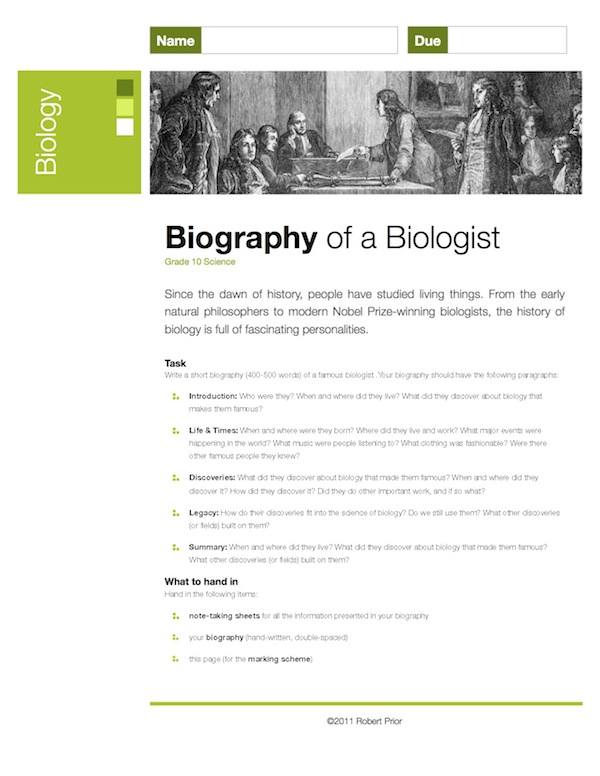
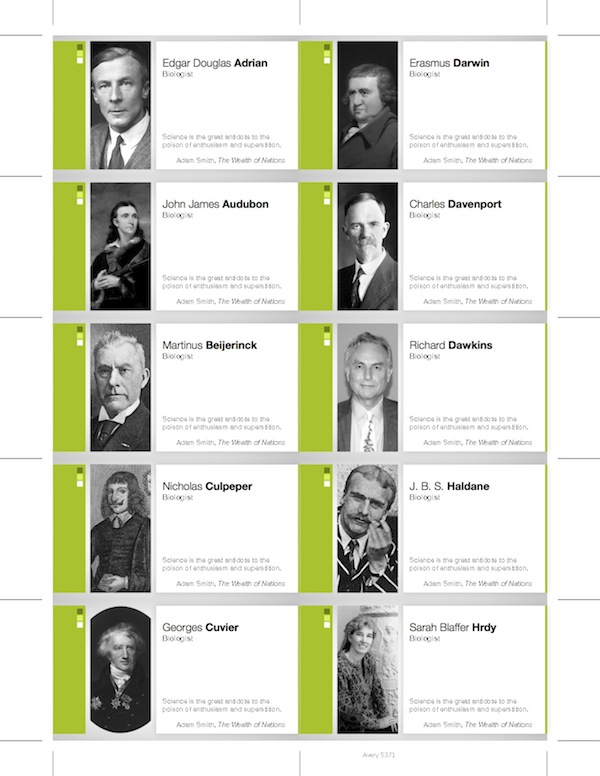
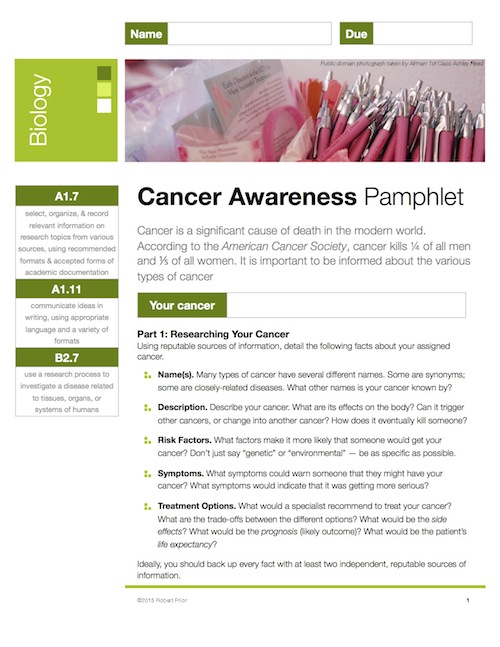
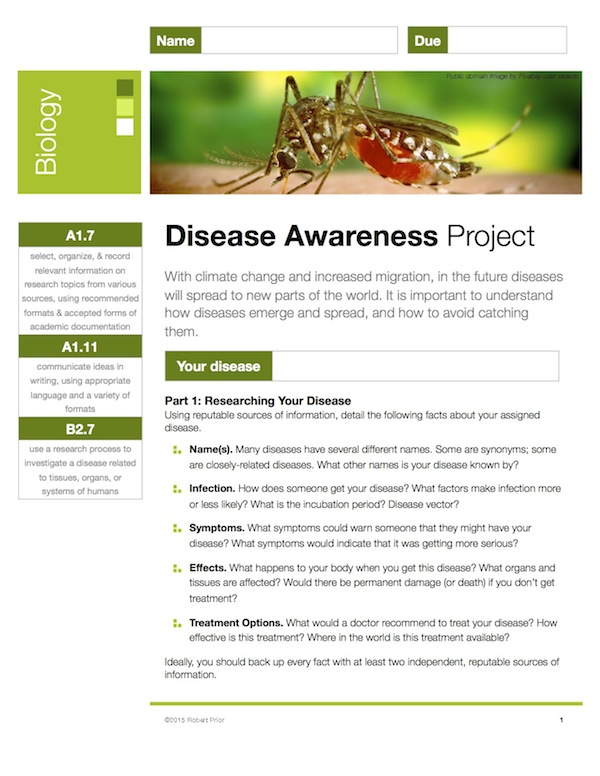
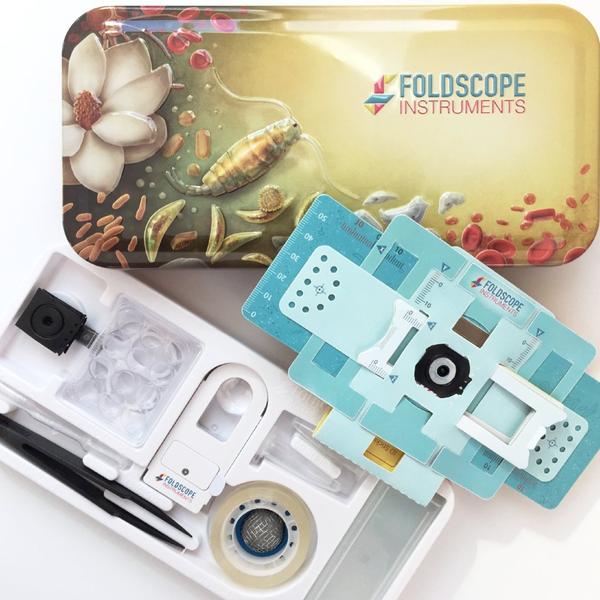
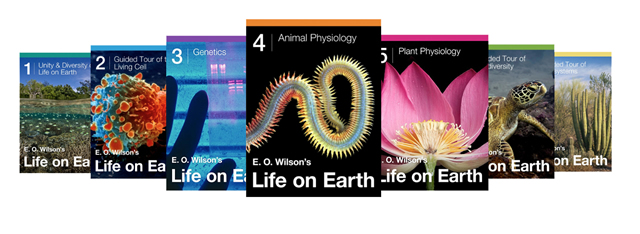
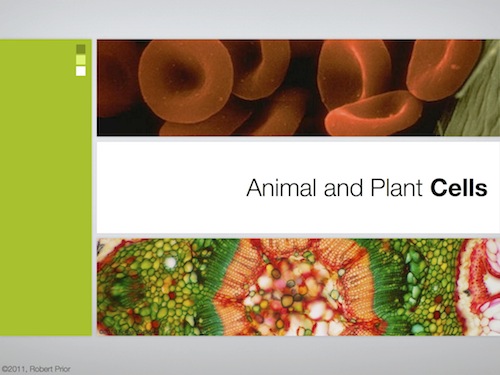
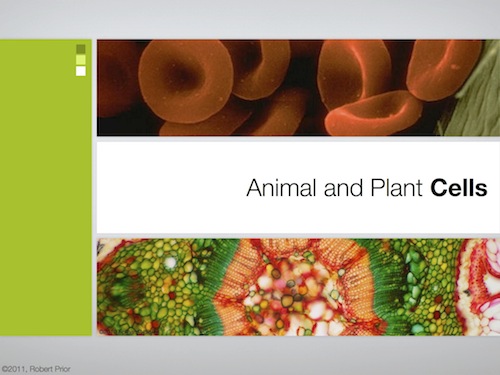
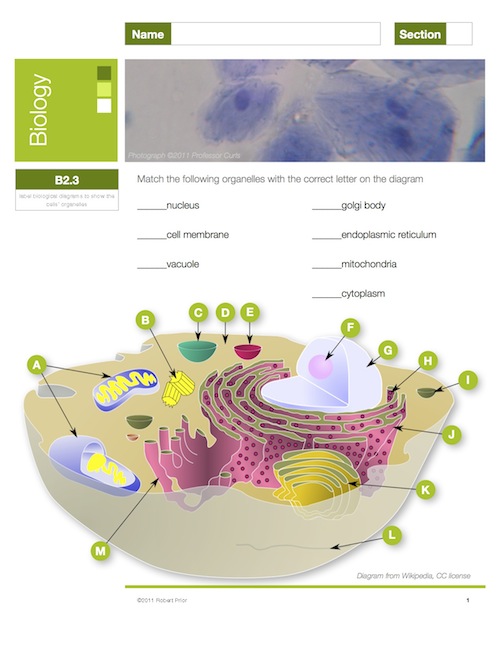
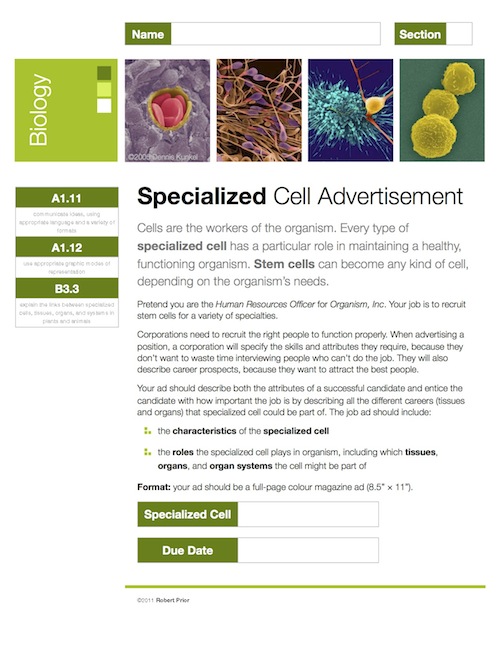
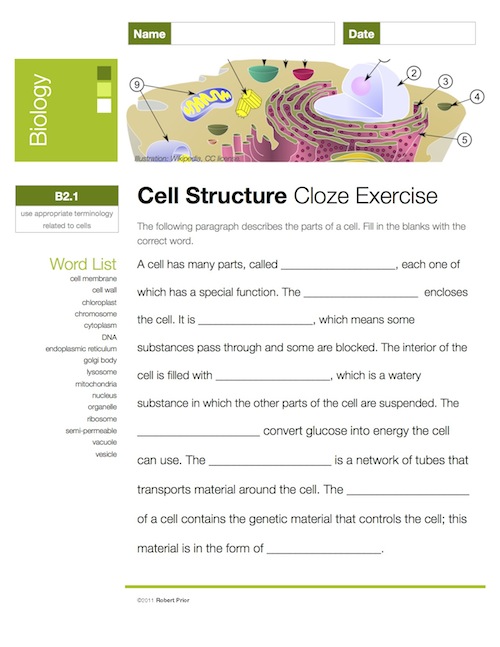
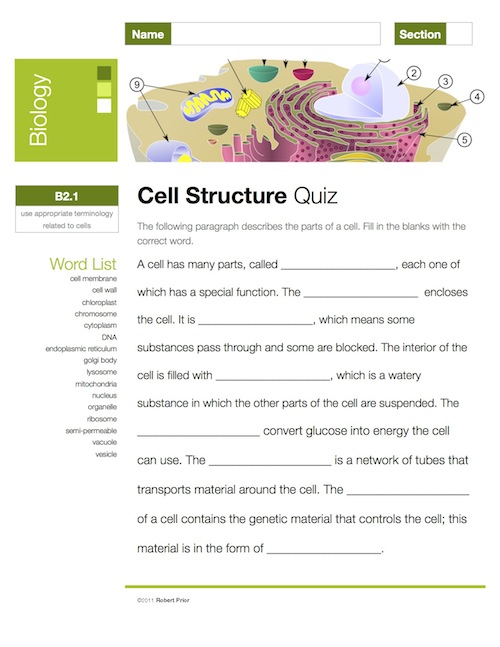
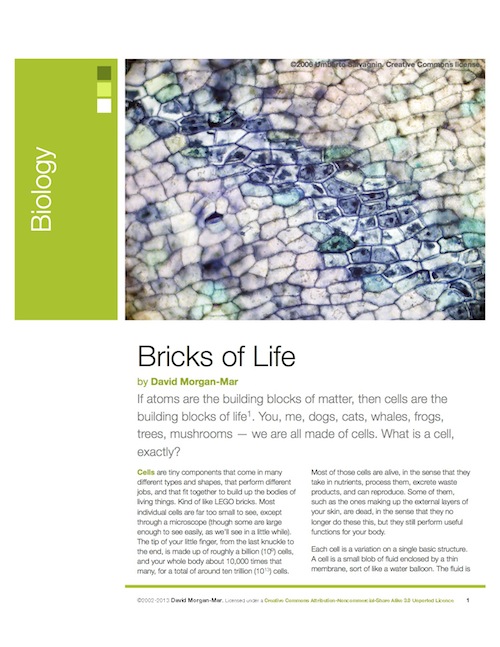
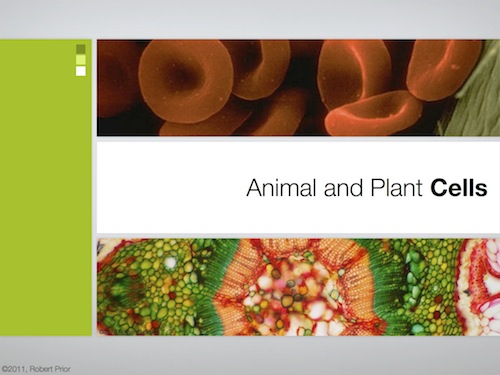
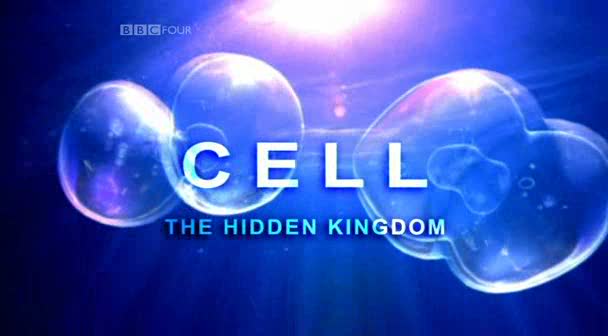
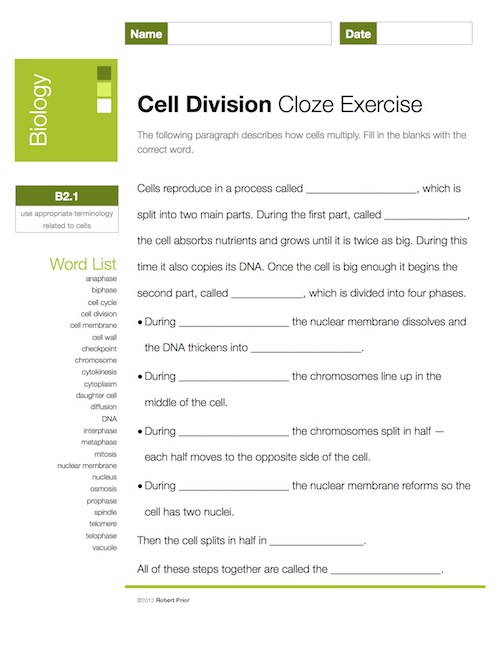
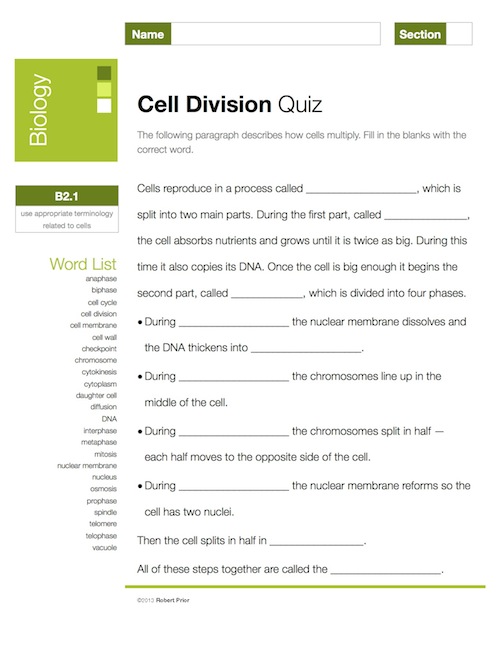
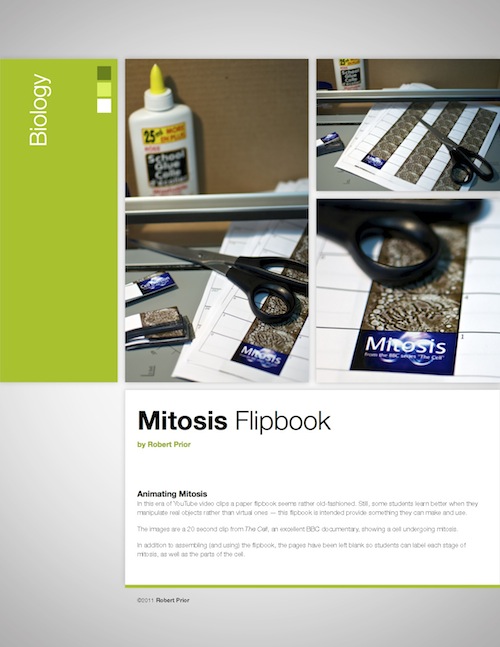
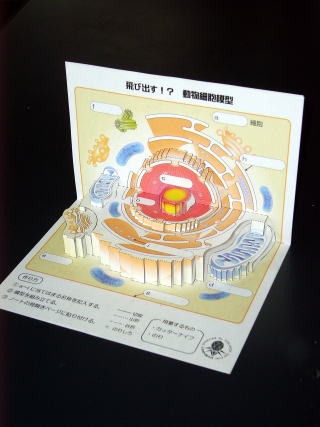
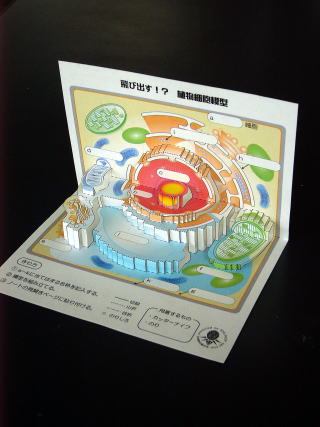
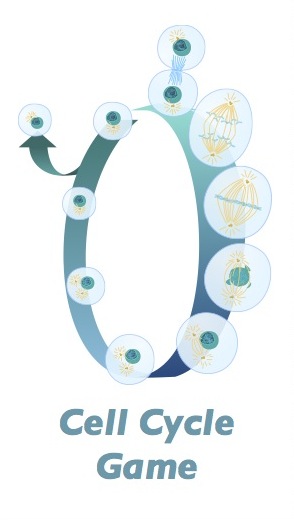
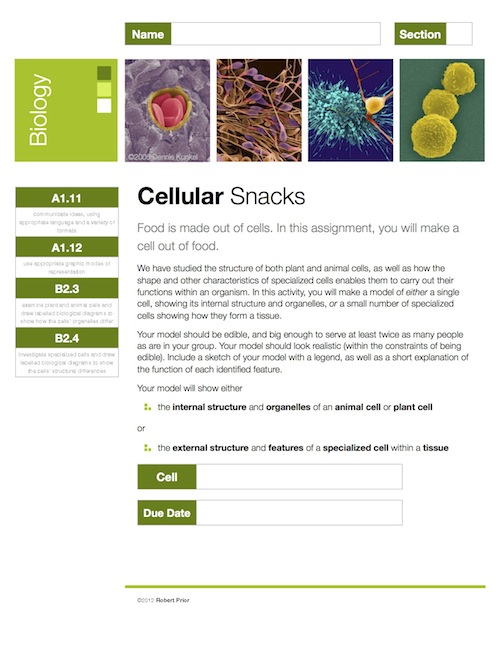
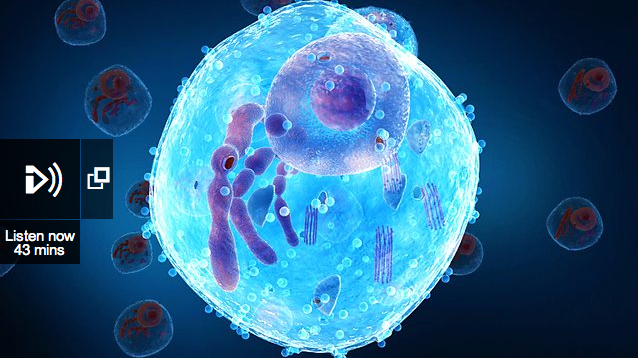
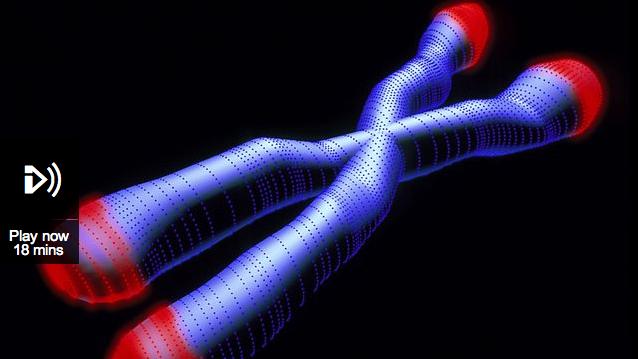
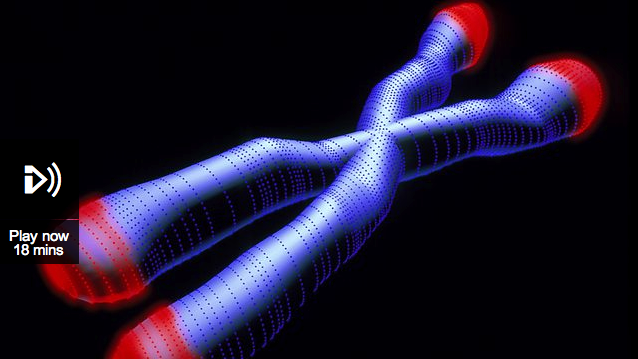
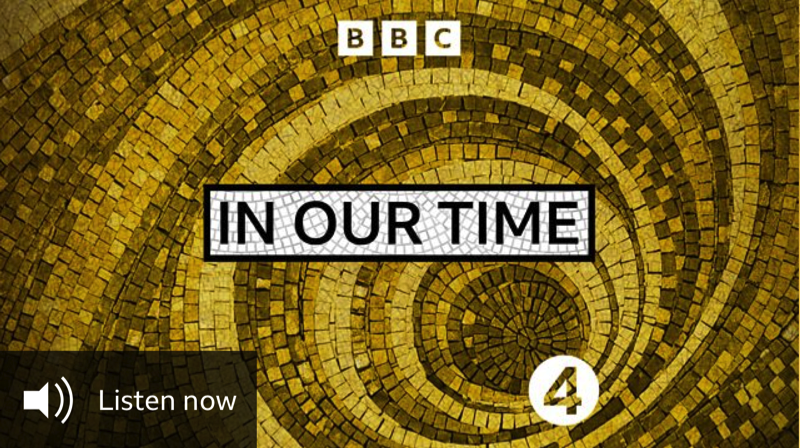
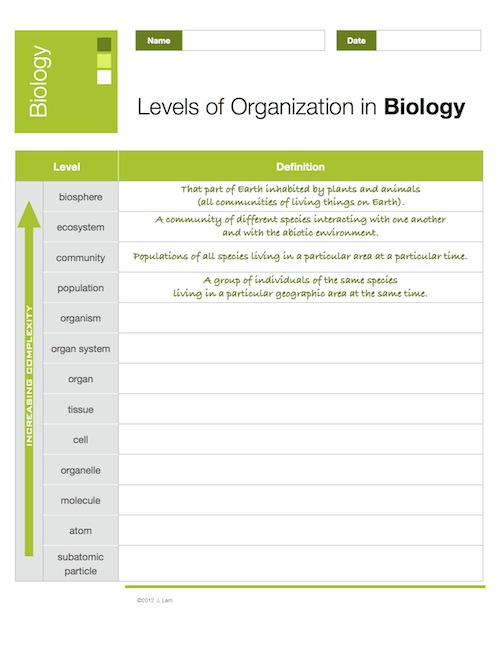
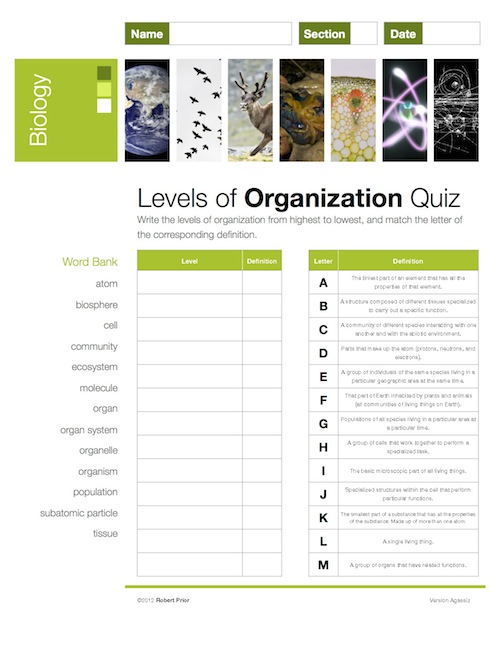
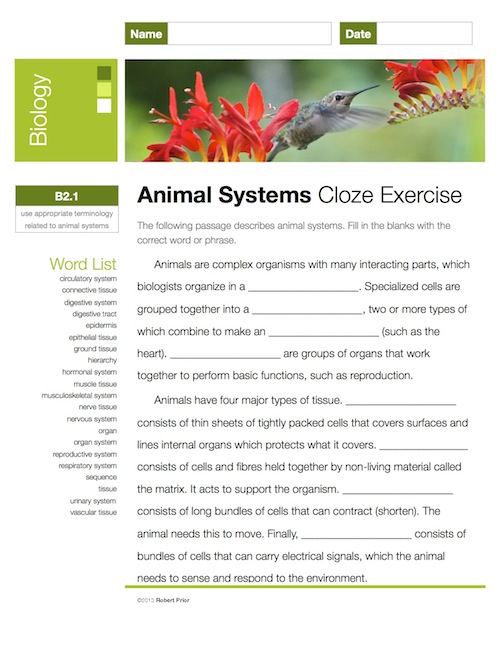
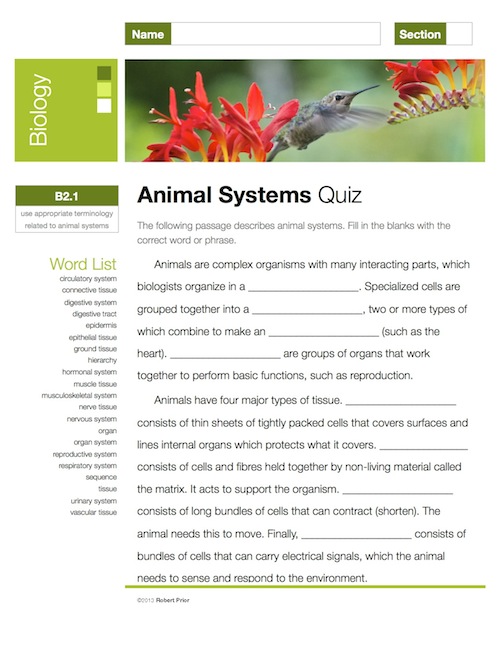
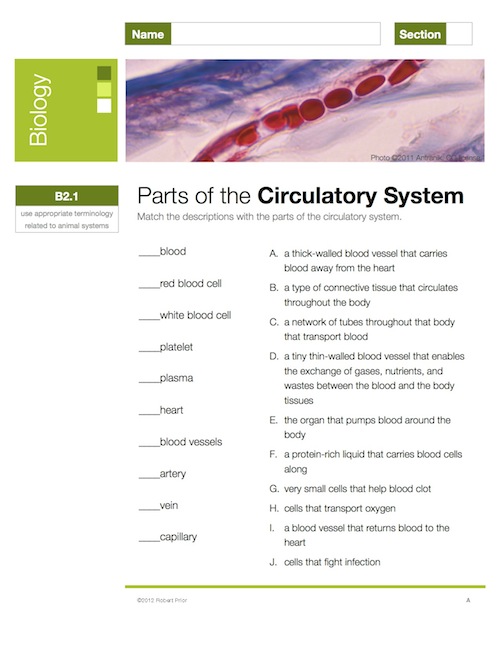
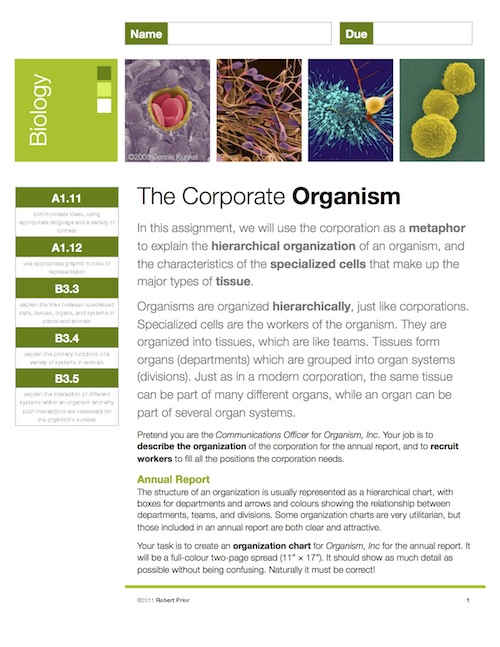
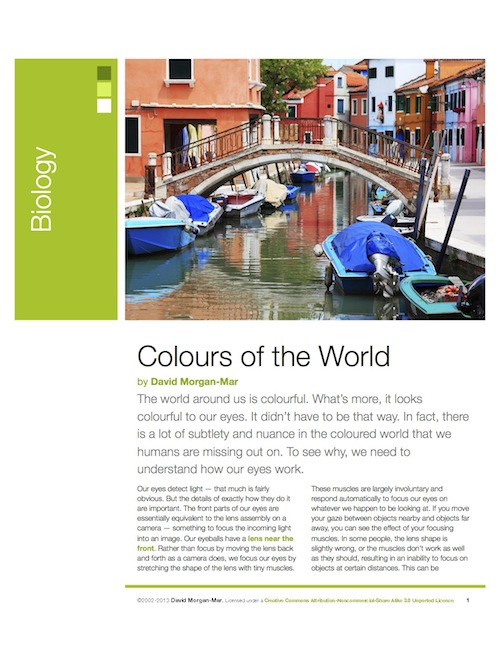
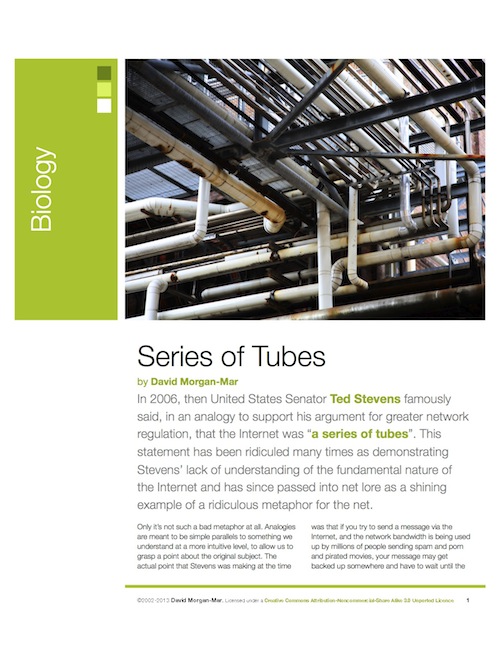
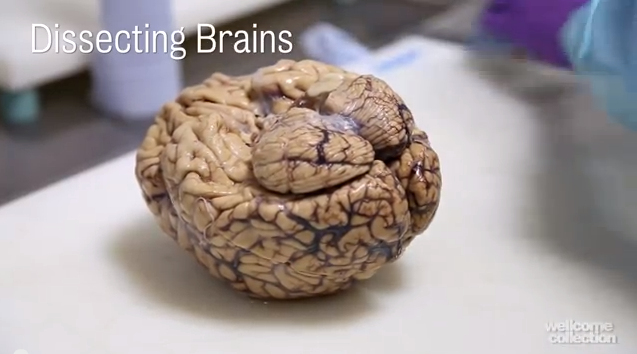
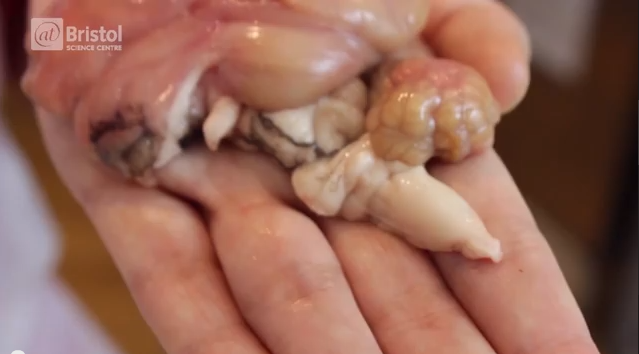
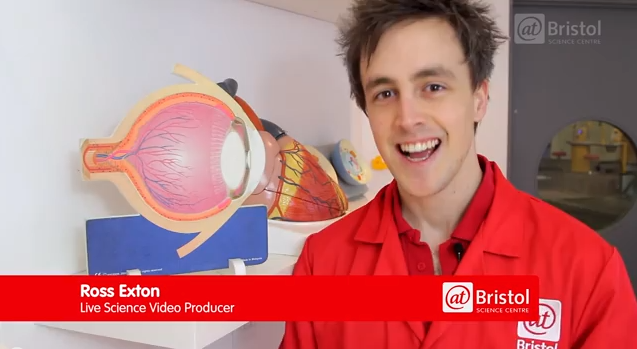

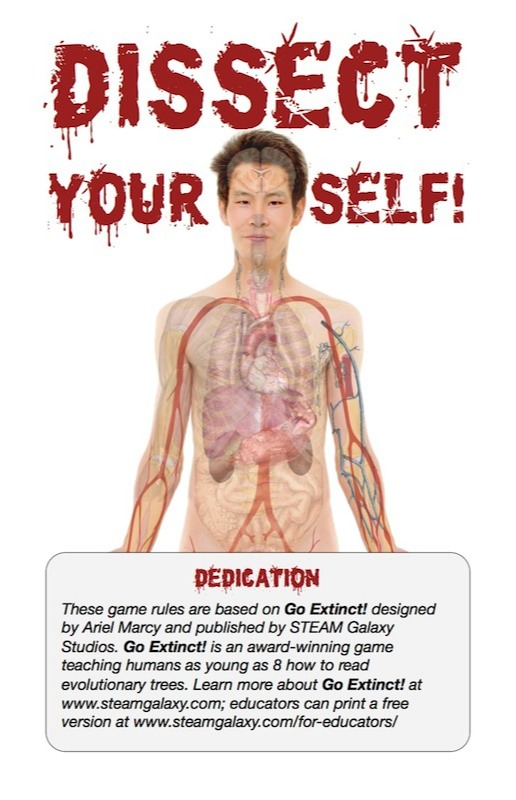
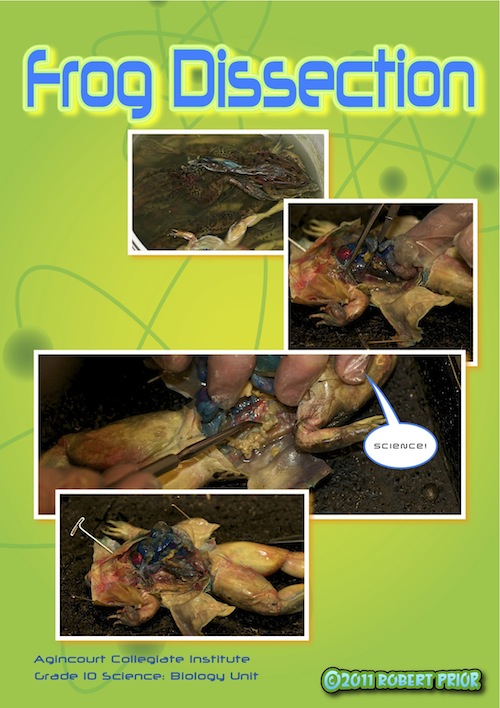
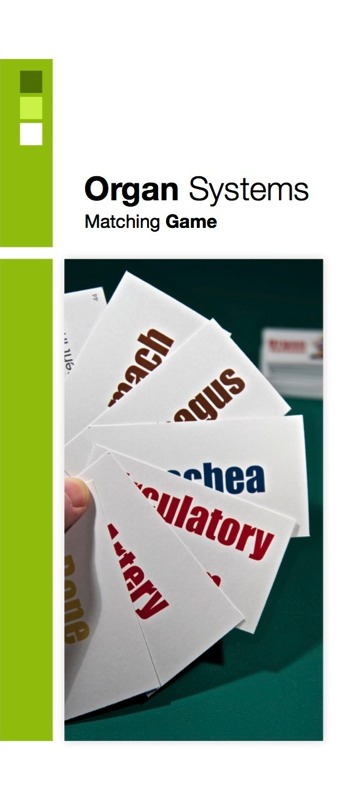
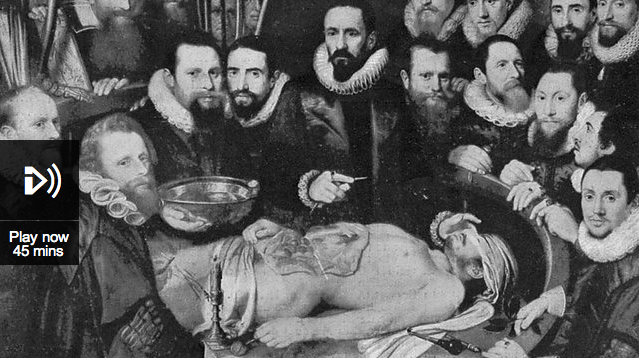
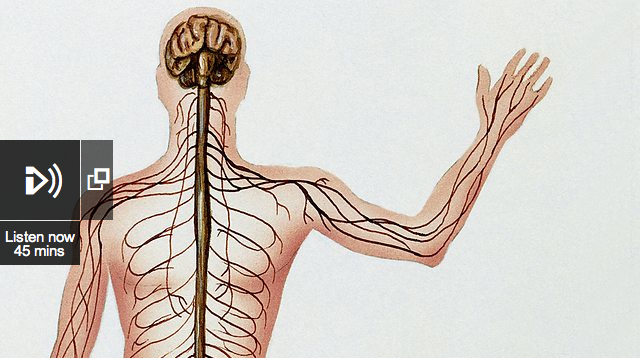
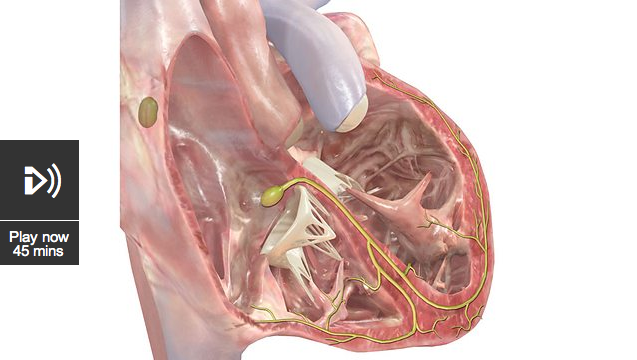
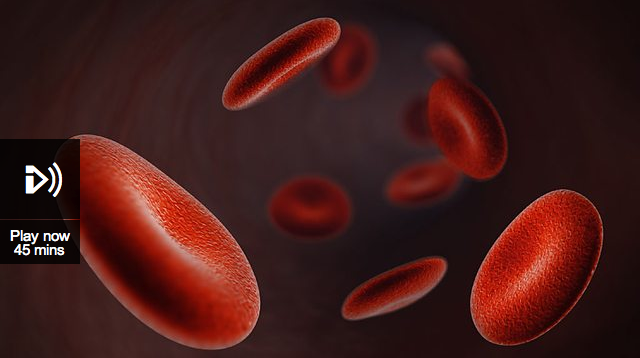
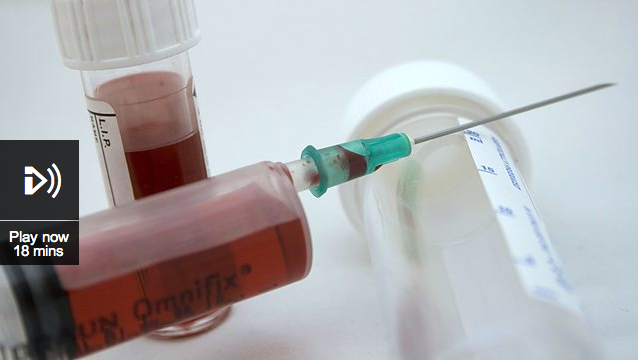
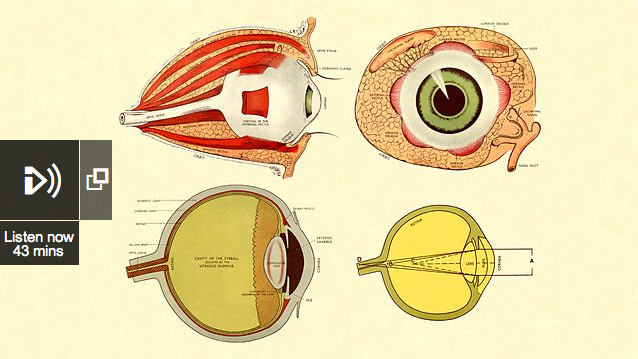
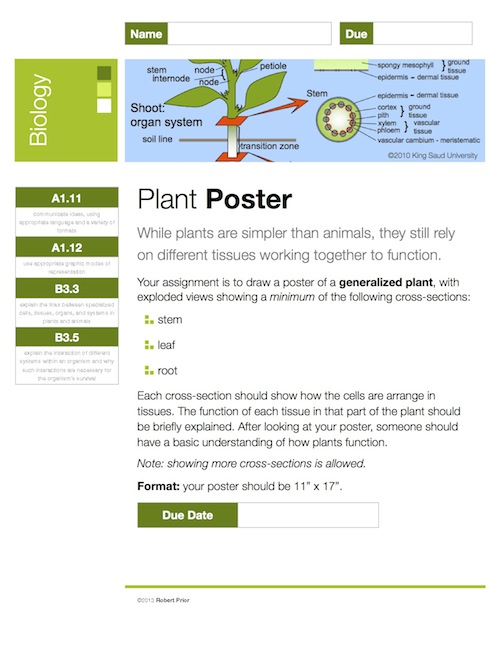
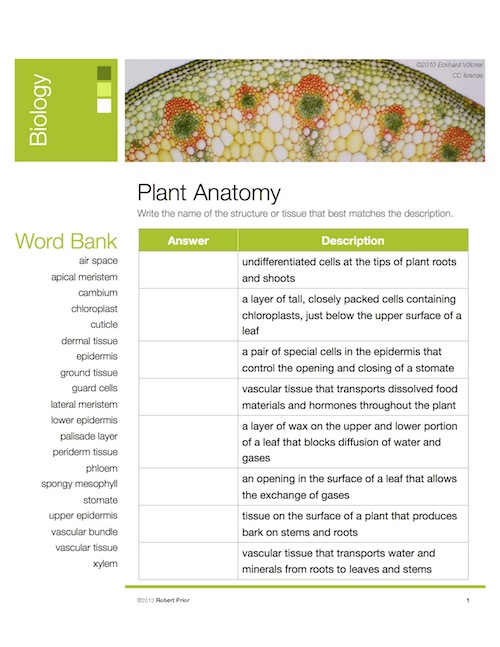
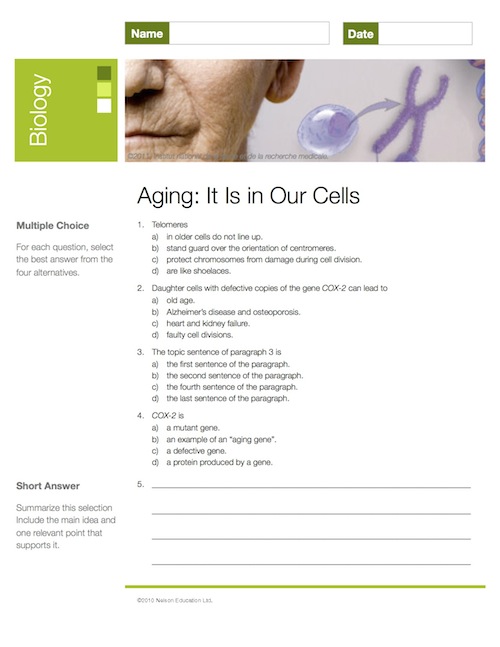
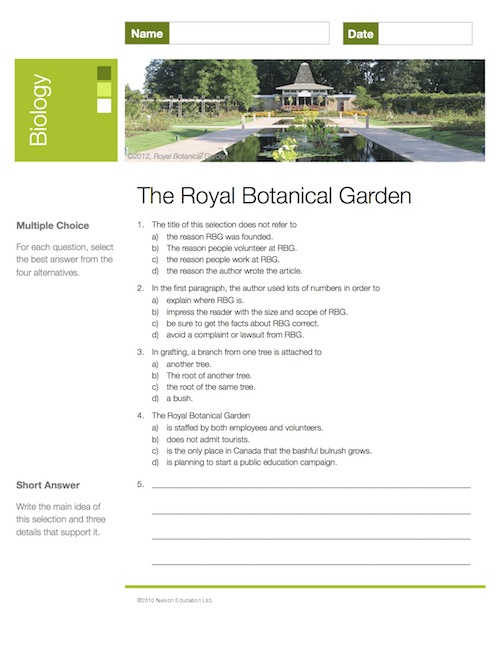
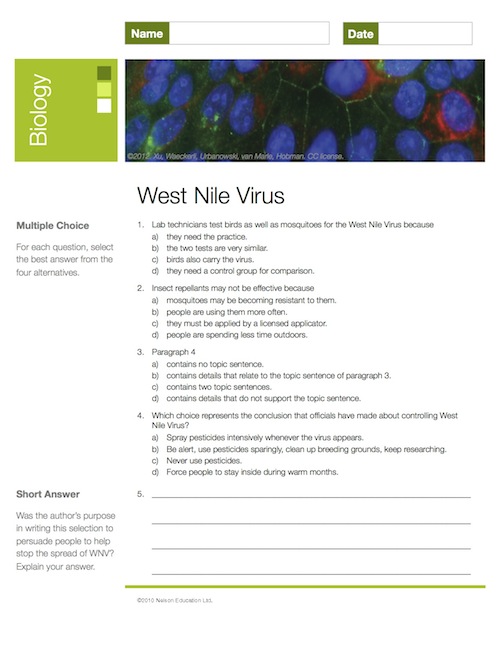
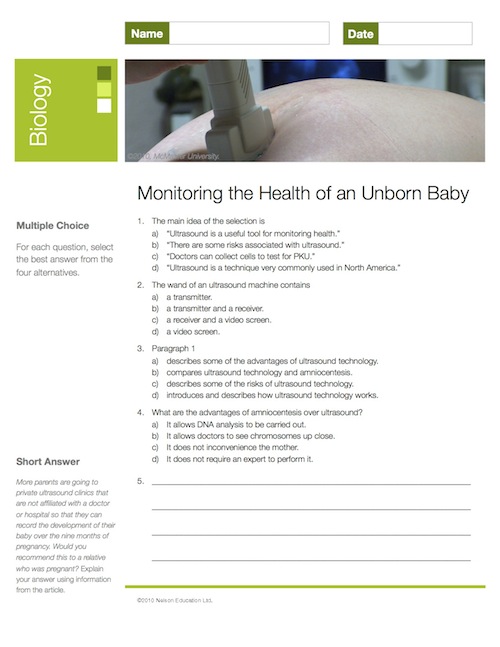
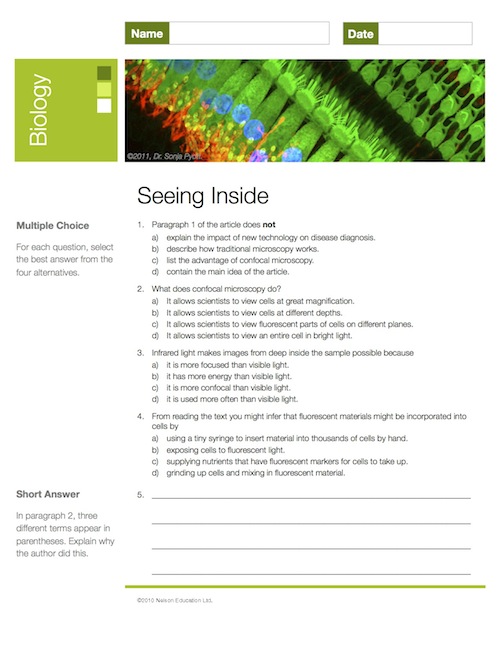
Teaching Science